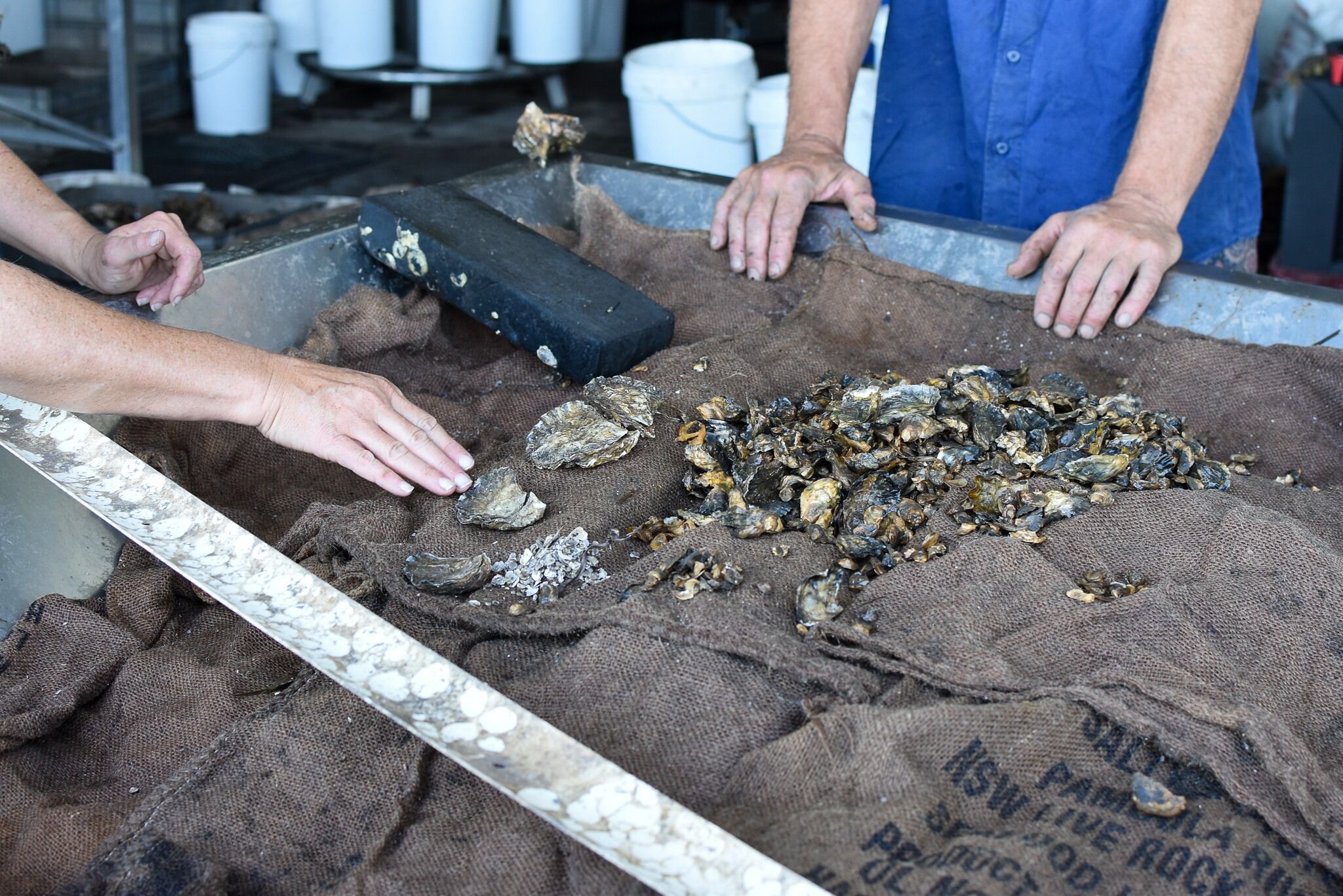A groundbreaking new report from the Regional Circularity Cooperative charts an innovative path for the fishing and aquaculture sectors to embrace a circular economy.
By Dempsey Ward
While minimising material use and waste has long been a priority for the fisheries and aquaculture sectors, the concept of a circular economy offers a broader perspective on sustainability. It goes beyond recycling and considers a product’s entire life cycle, exploring reuse, recovery, and responsible regenerative options.
Recognising the significant environmental and economic benefits of a circular approach, FRDC is partnering with the Regional Circularity Cooperative to guide this transition for fishing and aquaculture. Their first step? A comprehensive report quantifying material usage across the entire seafood supply chain.
This in-depth report, titled ‘Material Flows in the Australian Fisheries and Aquaculture Sector’, provides not only a research-based estimate of material inputs but also outlines a path towards potential solutions.
Natalie Manahan, Circular Economy Manager at Bega Regional Circular Cooperative Centre, highlights the shift in focus. “Sustainability used to centre on overfishing. Now, you must consider a whole lot more, such as your material and fuel consumption,” Natalie said.
The report reveals fishing and aquaculture sectors’ total material consumption was approximately 390 thousand tonnes, resulting in over 1.6 million tonnes of carbon dioxide emissions.
While these numbers are significant, Natalie says we shouldn't point fingers at fishers and consumers.
“The issue starts with design limitations,” Natalie explains. “Most products aren’t designed for reuse or recyclability, many lack viable alternatives and implementing eco-friendly practices can cut profits.”
This is the first time an attempt has been made to quantify the materials flows for all fisheries and aquaculture activities across Australia.
“There are cases where proxies and assumptions had to be used, but the results provide a good indication of the magnitude of materials to guide targeted actions that will enhance the circularity of the sector,” Natalie says.
Beyond the 3 R’s
The report emphasises a broader range of solutions than the traditional “Reduce, Reuse, Recycle”, which are not always applicable to the fishing and aquaculture sectors.
“Many businesses think the circular economy is just recycling or composting,” says Natalie, “but there’s so much more that can be done to keep materials in use and redesign products to last longer and be made easier to repair.”

The report offers a practical framework, outlining various circular economy activities and ‘interventions’ at varying impact levels. This empowers users to make informed decisions and prioritise actions for maximum effect.
Who’s going to lead the charge?
To fast-track progress towards a circular economy, the report outlines eight critical actions with clear timelines and assigned responsibilities. These high-impact measures include establishing centralised coordinating bodies, leveraging policy tools and government engagement, driving innovation in circular supply chains, and decarbonising key sectors.
"Collaboration is the cornerstone," emphasised Natalie. She added, "Any efforts to build a circular economy must be grounded in data-driven decisions and a systemic approach. This ensures we avoid unintended consequences or simply shifting the burden to others."
You can find the full report here.
Extending the findings
The Circular Economy Program has started to action this collaboration piece through a three-year series of Circular Advantage industry learning workshops. These collaborative workshops are bringing fishing and aquaculture businesses, both large and small, together to learn how circular economy practices are creating value, reducing waste, extending equipment life, and building bottom line capacity.
“Brilliant!”, was the word used by FRDC NSW Extension Officer Kris Cooling when describing the first workshop, held in Merimbula earlier this year.
“Attendees were keen on finding solutions for their own business and a lot of them felt that the workshop was a really good collaboration opportunity, along with showcasing what’s possible in the circular economy space.”
The workshop delivered a range of topical content to assist businesses to transition to circularity, including a presentation on circular economy in the finance sector by Rabobank, and was complemented by site tours with Barry Irvin, Bega Group Executive Chairman.

Among the participants was Ocean 2 Earth (O2E), a NSW-based composting enterprise specialising in transforming seafood organics into premium compost. Seeking to expand beyond the domestic gardening market, O2E aims to supply volumes for broadacre agriculture, displacing synthetic fertilisers.
Did you know the Circular Economy Program was also featured in Landline recently?
The video featured spots with Pia Winberg (Phycohealth) and Prof Tim McCarthy (University of Wollongong) discussing algal production as a circularity and blue carbon opportunity. William Brunker (South Coast Sea Urchins) and Tim Crane (O2E) were also featured making the land-sea connection with market production of invasive urchins, and waste compost production that is being used as a garden and dairy production fertiliser. You can tune in from 21:30 to 45:00 in the video here: https://iview.abc.net.au/video/RF2314Q024S00 |
David Maynard, FRDC’s Tasmanian Extension Officer, facilitated introductions for O2E with 25 representatives across Tasmania’s seafood sector, including Salmon Tasmania, Seafood Industry Tasmania, and the Department of Natural Resources and Environment Tasmania.
"FRDC plays a crucial role in fostering innovation and adoption. In this instance, it was vital for both key sector players and regulators to engage with O2E. The rapid growth of the circular economy underscores the necessity for regulatory frameworks to align with private sector demands," explains David.
Related Projects
2021-133: Circular Economy Program 2022-25





